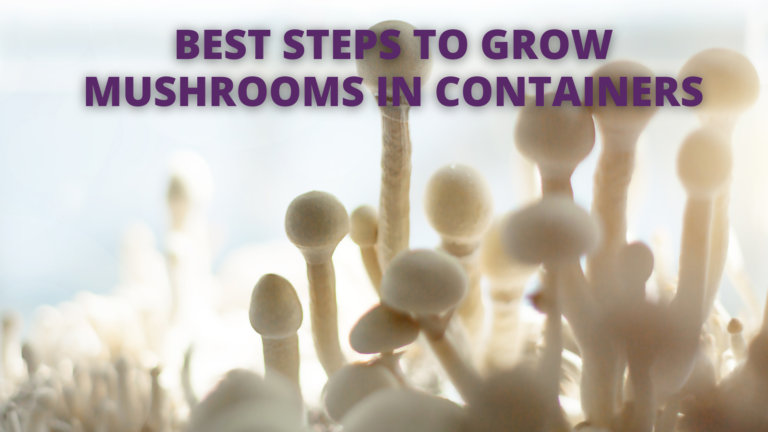8 Easy Steps Of How To Grow Beets In Containers
8 Easy Steps Of How To Grow Beets In Containers
Everything you need to know about beetroot in the garden, including how to plant, grow, and harvest it. I demonstrate how to sow beet seeds so that they grow correctly.
You can learn how to Grow Beets in Containers, even in a tiny garden, by following the step-by-step directions.
If you have a tiny garden, you can grow the round form of beetroot in containers and pots with great success.
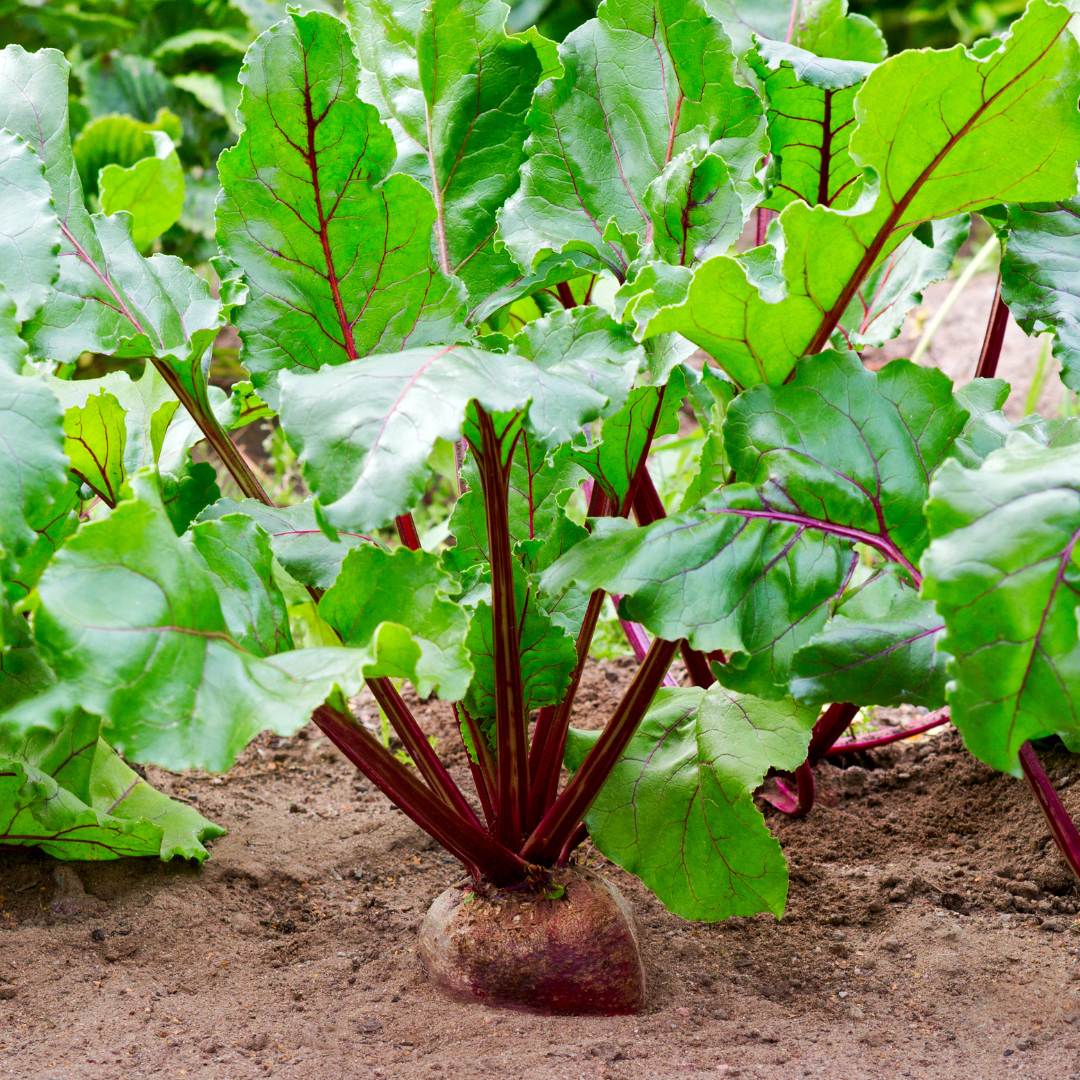
History & Origin Of Beets
Beets have been used to cure hangovers, repair dandruff, make outstanding port wine, and improve sexual function, among other things. Yes! Astronauts in space have even eaten Beets. That's how great the beet is!
Despite its astronaut-eating coolness, the beet isn't always greeted with a cheerful “Hi”! Some people love beets, while others despise them.
Nonetheless, Dwight Schrute, the devoted beet farmer from the hit TV show The Office, was undoubtedly onto something… there's more to the eccentric root vegetable than meets the eye.
Although the red beet is the most well-known, there are numerous beets, each with its flavour and nutritional profile.
Beets come in various colours, including golden yellow, dazzling white, flaming red, and “candy cane” pink and white striped varieties.
Perhaps nature's “candy”? Some beets are sweeter than others, and some are more “earthy,” yet they all have fantastic health advantages. Furthermore, the entire beet is edible from the bulb to the stems and leaves.
Beet leaves were traditionally consumed more than the root, whereas beetroot was commonly utilized for its brilliant colour (for colours) and therapeutic benefits.
The lovely beetroot has made its way onto our menus and into our hearts throughout time. Cheers to the incredible beet!
Nutrition Fact Of Beets
A half-cup of beetroot contains:
- Calories: 37
- Protein: 1 g
- Fibre: 2 g
- Sugar: 7 g
- Fat: Less than 1 g
- Carbohydrates: 8 g
Beets are also an excellent source of:
- Folate
- Vitamin A
- Potassium
- Manganese
- Vitamin C
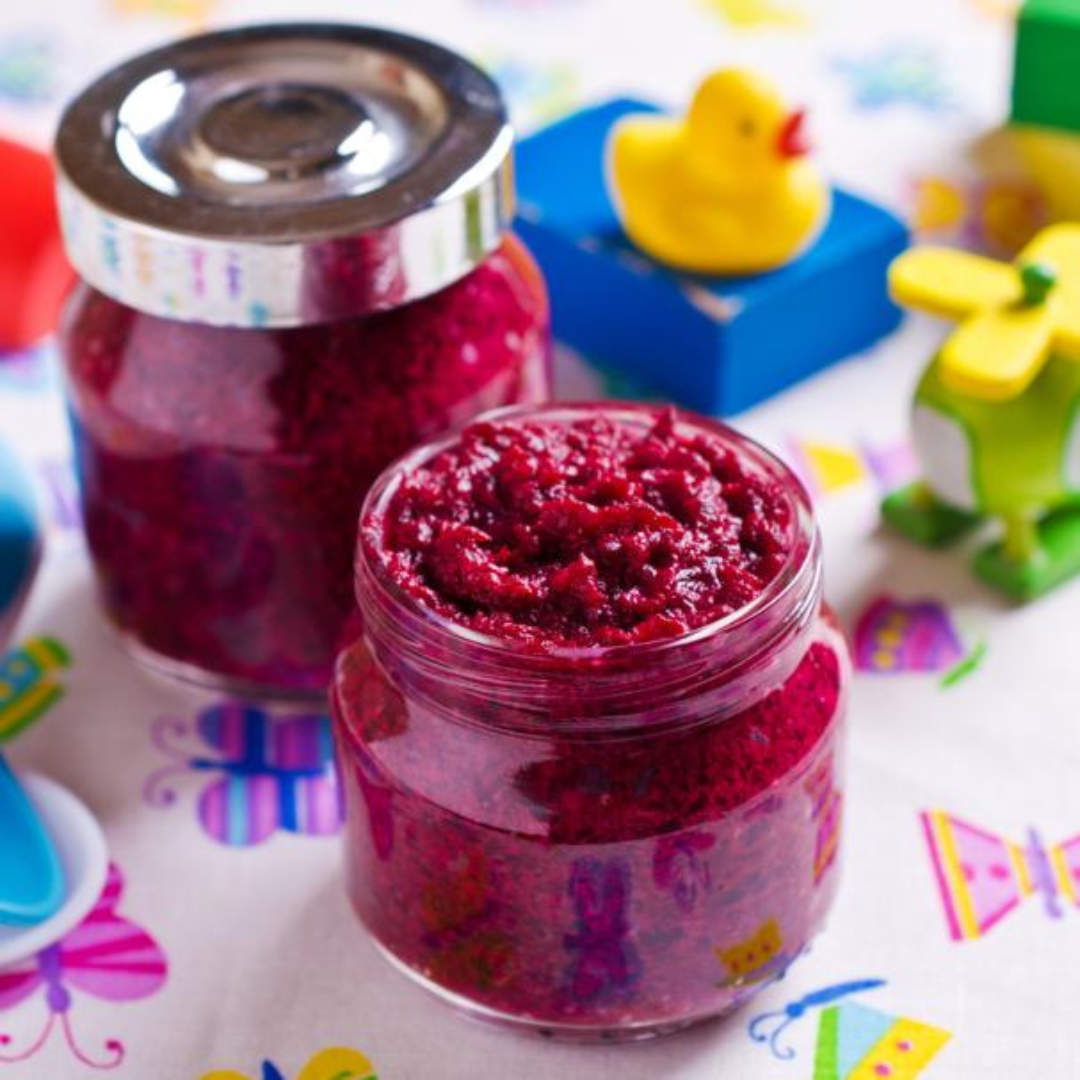
Interesting Facts About Beetroots
- The leaves of the beetroot are heart-shaped.
- The root section was not used for cooking in ancient times but as a medicine for treating unpleasant diseases like headaches and toothaches.
17 Container-Friendly Beet Varieties
Before growing beets in Containers, you must learn the appropriate container beets.
Beets are a type of herbaceous vegetable in the Amaranthaceae family. Its origins may be traced back to India, the Mediterranean, and Europe's Atlantic coast. It is usually assumed those beets were produced in Babylon's Hanging Gardens.
1. Baby Beets
Baby beets are any form of beet that has been pulled to allow additional beets to develop, and they can be any colour or variation.
They're frequently offered as a one-of-a-kind item at local farmers' markets. They feature soft fruit and leaves that can be used in various dishes.
Baby beets are delicious when served with various greens, and a fast search on the Internet will yield hundreds of recipes for baby beets.
2. Bull's Blood Beets
This is an heirloom beet type with burgundy-purple leaves rather than the standard beet greens.
Bull's Blood beets are popular among gardeners because they have the correct colour and size for salads.
It produces smaller roots, measuring 3-4 inches, than other types. It takes 58 days to grow to full size.
In 1986, this heirloom cultivar was produced from the French Crapaudine variety. Microgreens can be collected to add colour to salads, or the leaves can be sautéed like Swiss chard.
The roots have a rich red colour and a pleasant, earthy flavour with a slight harshness, especially when gathered young.
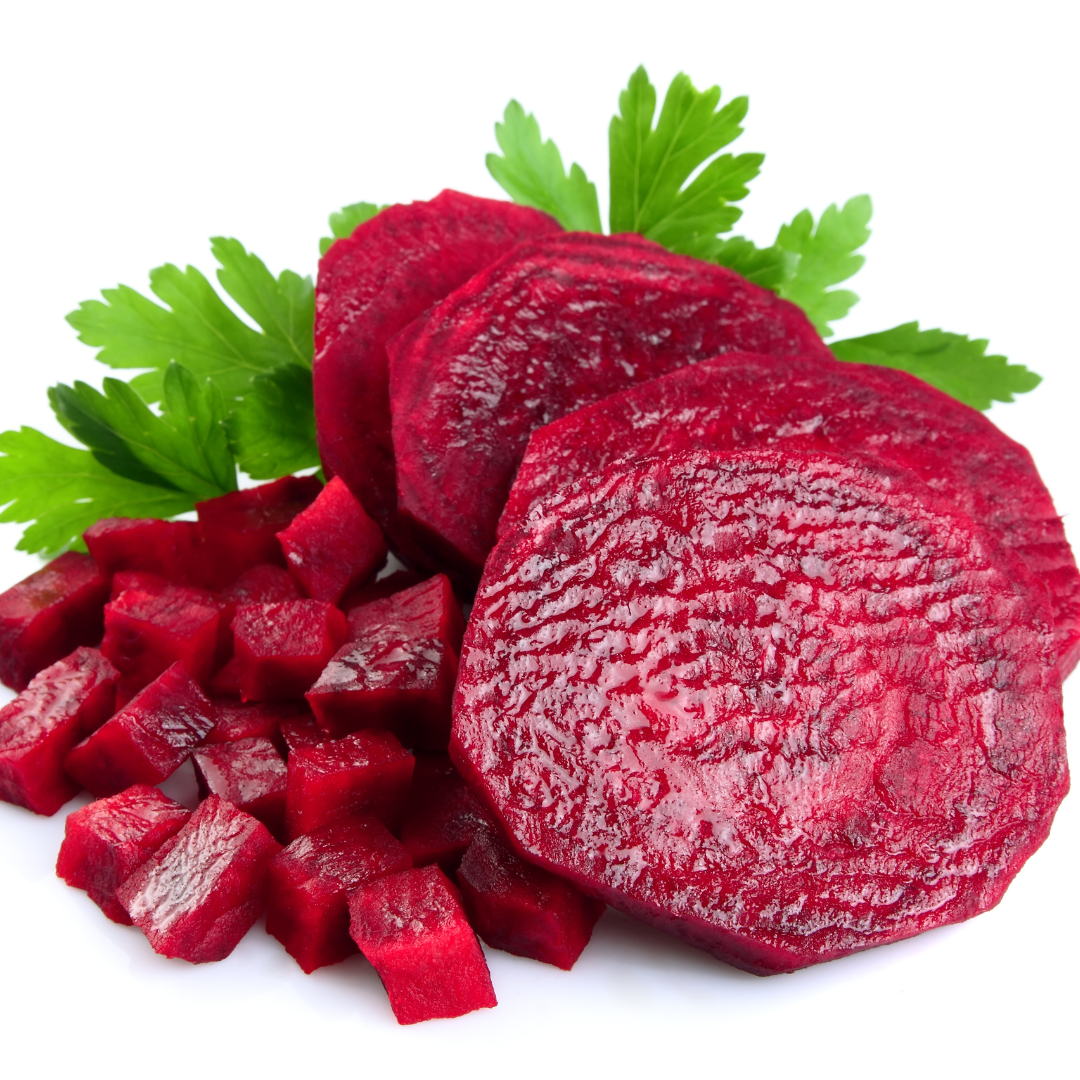
3. Common Garden Beets
These beets, beetroot or table beets, are usually classed according to colour.
4. Crosby Egyptian Beets
‘Crosby Egyptian is an heirloom cultivar that originated in Germany and was introduced to the United States in the 1860s as ‘Egyptian Beet.'
With its wide, three- to five-inch early developing root, Josiah Crosby, a market gardener in Boston, produced ‘Crosby Egyptian.' In 1880, it was initially published in James Gregory's seed catalogue.
The roots are flattened in shape and have a pleasant, earthy flavour. Green tops with scarlet stalks are fresh in salads or cooked like mature greens.
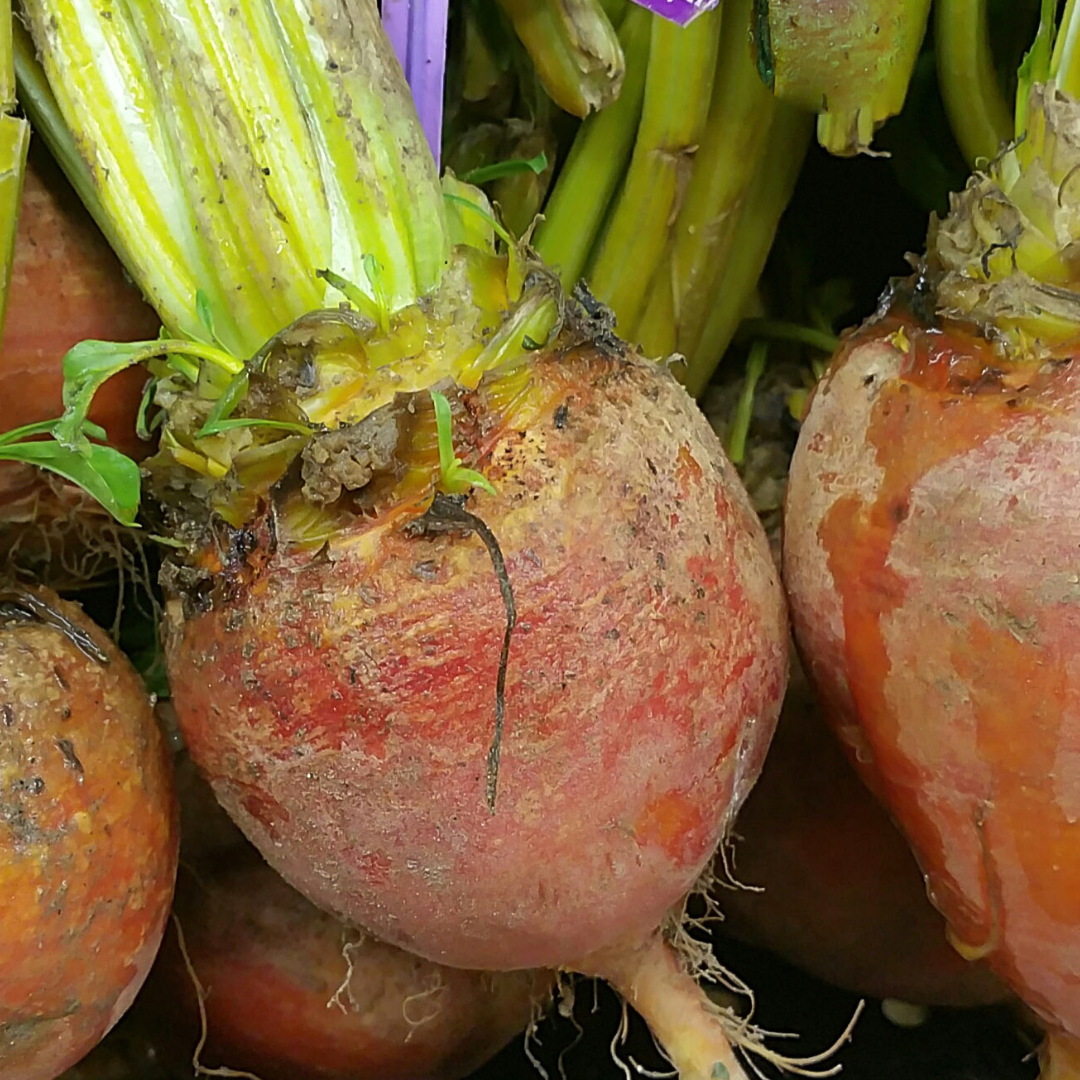
5. Golden Beets
Golden beets have a sweet, earthy flavour and grow up to four inches in diameter. They're available all year, but they're prevalent in the fall.
They go well with apples, cheese, potatoes, walnuts, and bacon and are easier to peel after they've been cooked. They also have varied golden-orange flesh.
6. Detroit Dark Red Beets
D. M. Ferry Seed Company first produced this famous heirloom variety as ‘Detroit Dark Red Turnip' 1892.
It's not a turnip, though it's a beet. Sweet, mellow, and soft, these deep red, spherical roots with smooth skin are great for canning, roasting, and slicing raw in salads.
The tops are also soft and tasty, with dark green leaves and brilliant crimson stems and veins. Harvest young greens to add a splash of colour to salads.
The three-inch roots are ready to harvest after 60 days, but the greens are ready in 35 days.
7. Mangel-Wurzel Beets
It was once only fed to animals and was known as the Mangold beet. However, it has gained appeal in recent decades.
Thanks to its plump and top-heavy nature, it has the shape of a hybrid between a beet and a carrot. A Mammoth Red Mangel type can weigh up to 20 pounds, making it a colossal beet.
These beets are white or golden-yellow and have a sweet flavour. They are a rare European heritage cultivar.
They can be consumed in various ways, such as mashed potatoes, juices, pickles, and various salads. They're high in antioxidants and vitamins and thrive in chilly weather.
8. Striped Beets
These beets, also known as Bassano or Chioggia beets, have candy cane-like stripes on the inside of the vegetable.
It is also known as the Bull's Eye and the Candy Stripe beet. It is a heritage cultivar introduced to the United States in the late 1840s. Striped beets are available year-round and have a sweet, earthy flavour.
They have stems that may grow up to 12 inches long and pair well with carrots, spinach, and kale. They originated in the town of Chioggia and are native to Italy.
Only around 20% of the sugar beet is sugar, with the remainder being water and pulp. It's not far away.
9. Lutz Green Leaf Beets
If you enjoy storing a large root in your root cellar (do you have one? ), this is the root for you.
If that's the case, I'm envious!) Try ‘Lutz Green Leaf,' also known as ‘Winterkeeper,' for a harvest that will take you through even the worst winters.
The six-inch deep-red tubers can be pickled, roasted, put into soups and stews, and even used in salads.
The greens are indeed “green,” cooked in butter and garlic with a flavour similar to Swiss chard are lovely.
10. Sugar Beets
Sugar beets are conical in shape and off-white in colour, resembling turnips more than beets. Due to their high sucralose content, sugar beets account for roughly 20% of global sugar production.
These beets are usually grown commercially rather than in home gardens. They are not as commonly consumed as the other types.
11. White Albino Beets
The White Albino beet is an all-white beet generally handled as an annual, as its name suggests.
This beet, which comes from Holland, is lovely and round; it is sweet enough to create sugar if desired.
It takes about 60 days to develop, though it takes a little longer in the fall and winter and is small enough to fit in small gardens or pots.
12. Sangria Beets
This open-pollinated variety will be ready to harvest in 55 days after planting. Sangria beets are popular among gardeners because they are one of the most resistant boltings. That implies it works well in hot regions or areas with much temperature variation.
Sangria beets are bright red and can be harvested as small baby or adult roots. If you leave them in the ground longer than intended, they won't become too tough.

13. Sweetheart Beets
Sweetheart is a beautiful beet with emerald-coloured foliage. In the garden, it stands out.
Sweetheart beets mature in 58 days and produce extra-sweet, delectable roots. The roots may be used, and the tops can also be used to make excellent greens.
14. Forono Beets
Forono, a delicious, cylindrical beet with the moniker “Cook's Delight,” is shown here.
It's an Italian heirloom with roots that reach 5-8 inches long and 2-3 inches wide. Instead of keeping these beets in your garden for too long, prepare to harvest them when they are young.
15. Early Wonder Beets
Early Wonder beets are beets that mature in 45-50 days. This fast-maturing beet has a candy-red stripe on the outside and a white inner.
8 Steps To Grow Beets In Containers
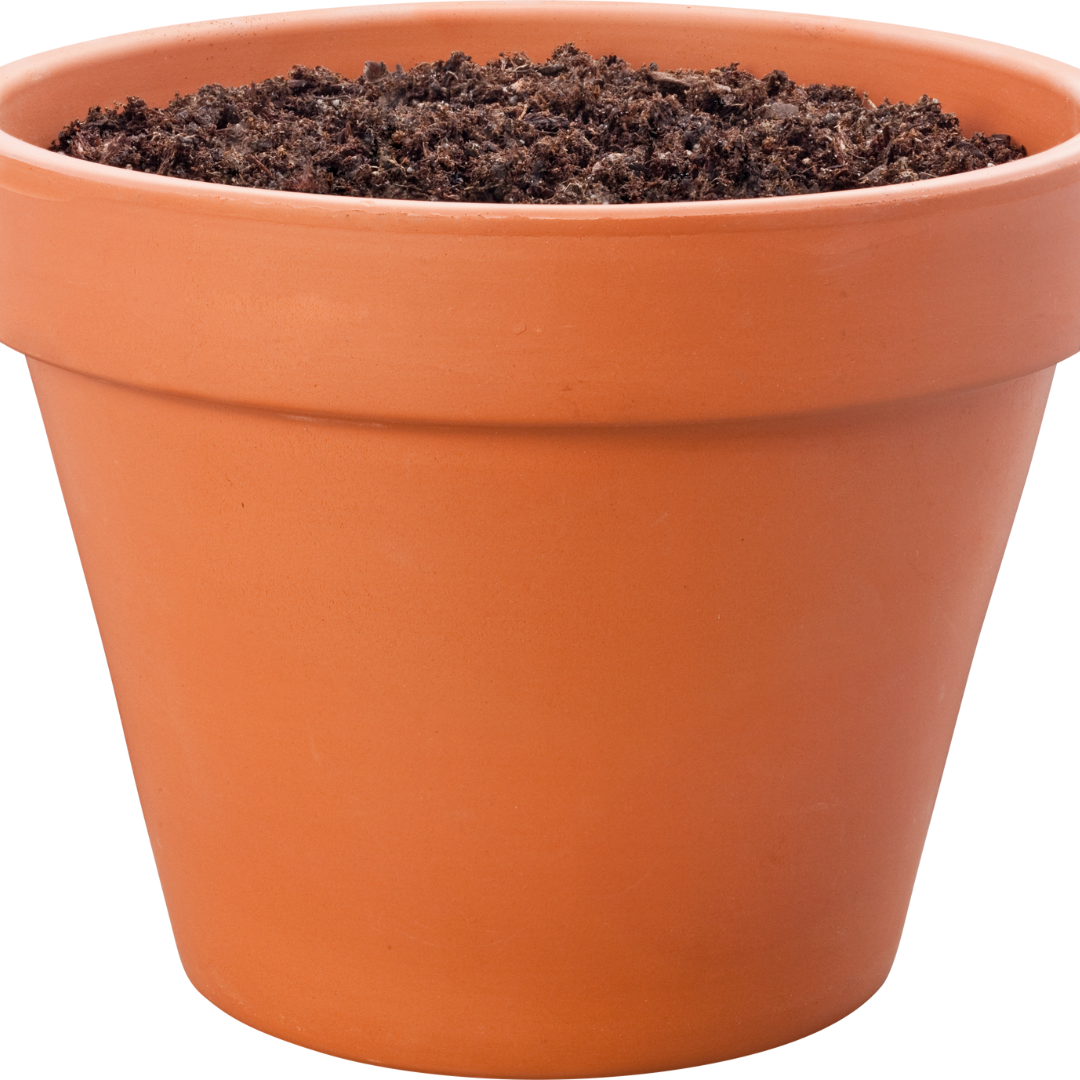
1. Choose The Right Container To Grow Beets
When cultivating this root vegetable, the depth of your container is the most crucial factor to consider.
Beets require a pot at least ten inches deep, giving the roots enough opportunity to grow and stretch.
Beets are as colourful as they are versatile. However, remember that they prefer cool weather and plenty of sunshine.
Depending on how many beets you want to plant, the container can be as broad or long as you desire.
Remember that they need to be spaced three inches apart to mature properly. A 15- to 20-gallon soft-sided Smart Pot, available on Amazon, is ideal for a large crop. You don't want your house or greenhouse to be contaminated.

2. Prepare The Soil To Grow Beets
Before planting beet seeds, make sure your plants have suitable soil to let them grow steadily.
The pH of good potting soil for growing beets in pots should range from 6.0 to 7.0. Choose a light, well-draining soil with plenty of air circulation for the beetroot.
Your beets will get all the nutrients they need from the right potting mix. When you've picked the correct soil, it's time to sow your beet seeds.
So that the roots can spread, bury each beet seed about one inch into the ground and place each seed at least three inches apart.
Because of proper spacing, each beet plant does not have to compete for life-giving nutrients. Beets are being planted in the garden.
3. Soak The Beet Seeds Overnight
Beet seeds usually have a tough seed coat and take a long time to germinate. You can pre-soak the seeds in water overnight to speed up the germination process. It softens the seed's hard covering, allowing it to sprout more quickly.
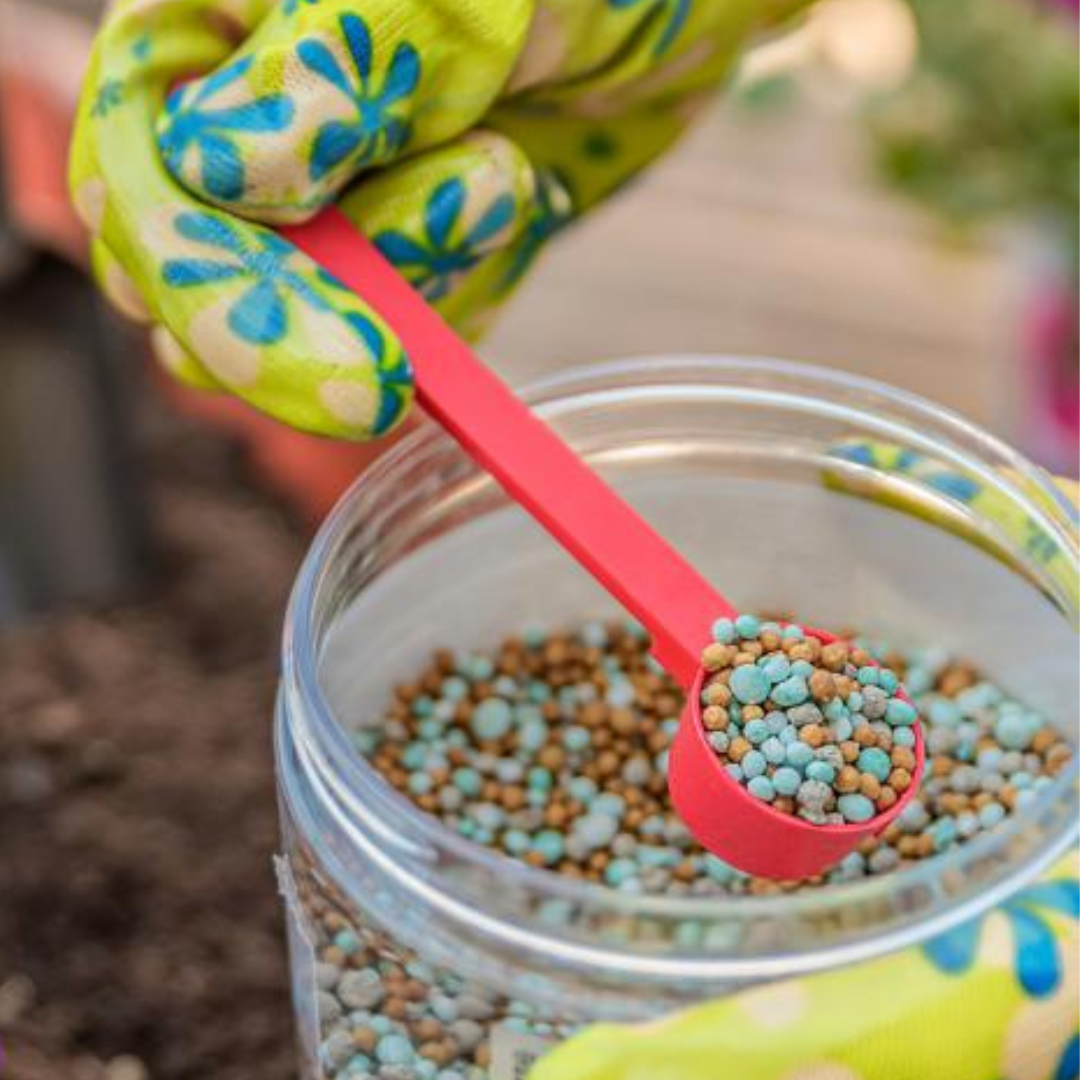
4. Fertilize And Grow Beets In Containers
Germination of your beet seeds depends on their being planted in suitable soil. Fertilizing your beets in pots is another crucial step to take.
Organic fertilizer gives your plants more nutrients and vitamins, allowing you to harvest beets quickly.
NPK ratios, which reflect how much nitrogen, phosphorus, and potassium are present in a mixture, have been measured in fertilizers. Use a fertilizer with a balanced nitrogen, phosphorus, and potassium content.
Add two tablespoons of organic fertilizer for every four inches of the container. Before burying your seeds, incorporate the fertilizer or compost tea into the soil.

5. Spacing Of Your Beet Plants
To grow beets in containers successfully, keep a space of 3 inches between each plant from all directions.
If you're growing it for excellent beet greens, space each plant 2 inches apart, but this will stunt the growth of the beetroots. A 12-inch wide rectangle container can hold about 4-5 plants to give you an idea.
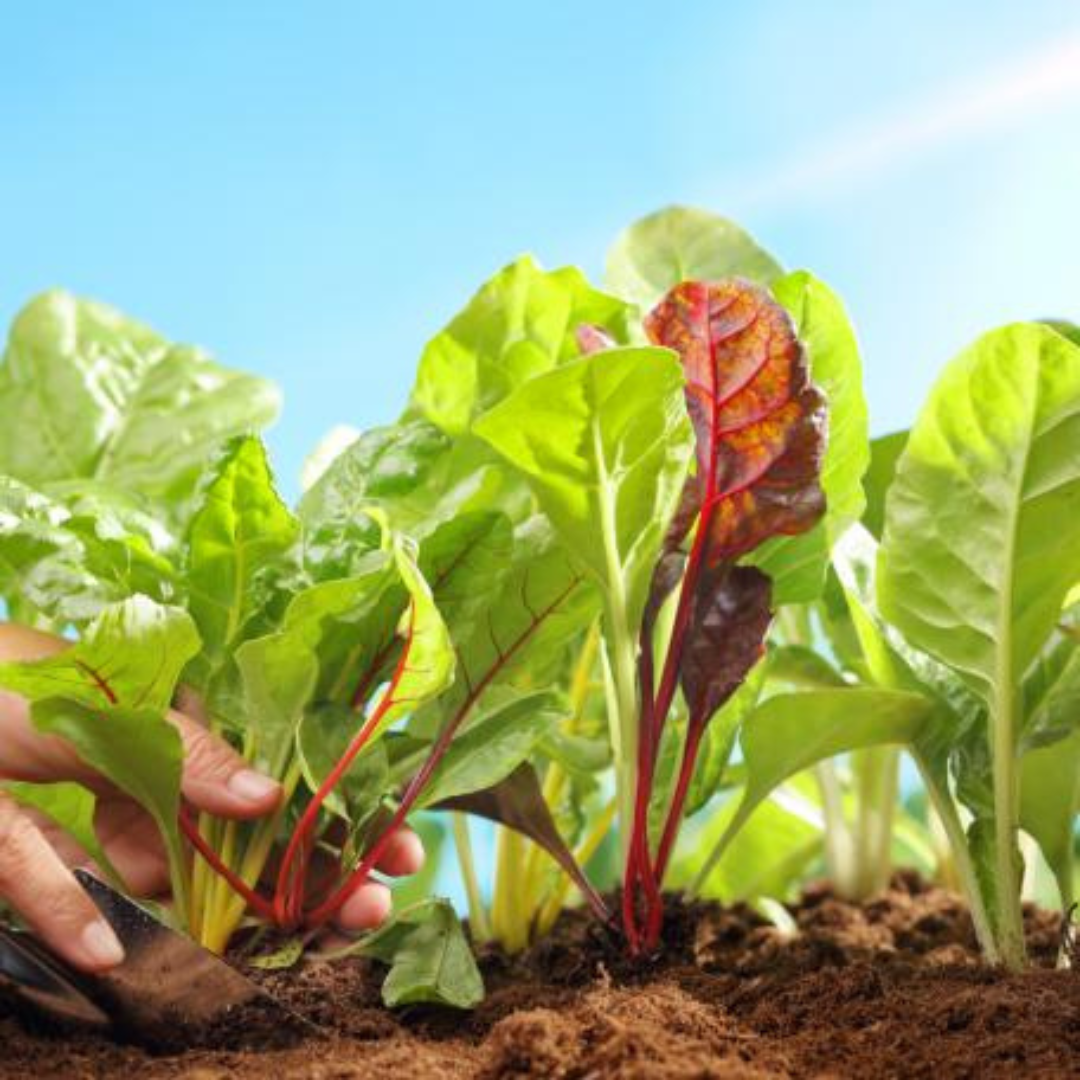
6. Sunlight Requirements For Beet Plants
Choose a sunny location for your growing beets. Allow at least eight hours of direct sunlight daily for beets to grow to their full potential.
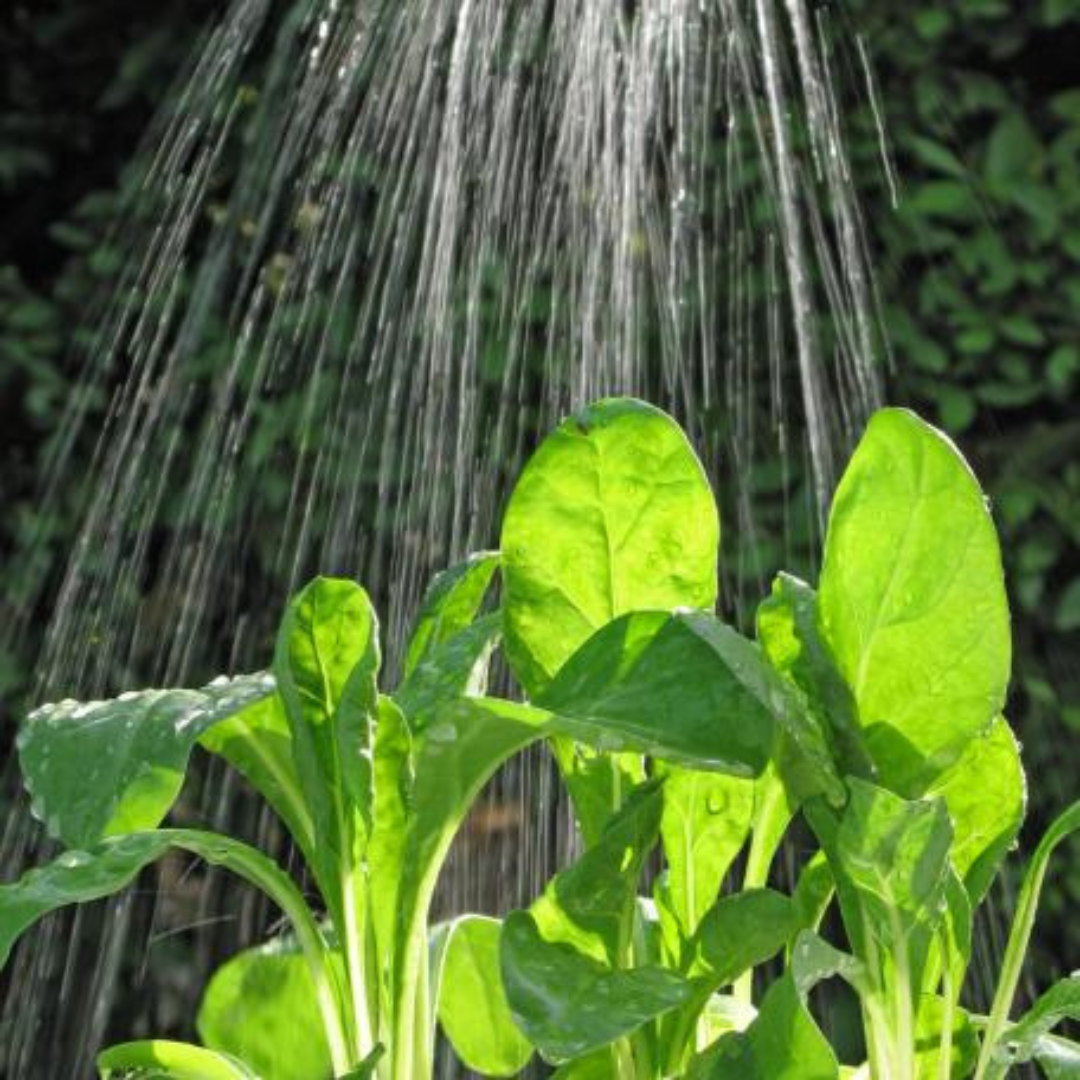
7. Watering Beet Plants
Water beet plants consistently and evenly if you don't want your beets to be hard and sinewy. It's essential to maintain the soil moist all of the time.
Ensure the soil does not dry out entirely between growth stages and that you do not OVERWATER.
8. Temperature Requirements For Beet Plants
Remember that the ideal temperature for growing beets in containers is between 50 and 85 degrees Fahrenheit (10 and 29 degrees Celsius).
Still, it can be grown in temperatures as low as 40 degrees Fahrenheit (4.5 degrees Celsius) and as high as 90 degrees Fahrenheit (32 degrees Celsius) with some difficulty.
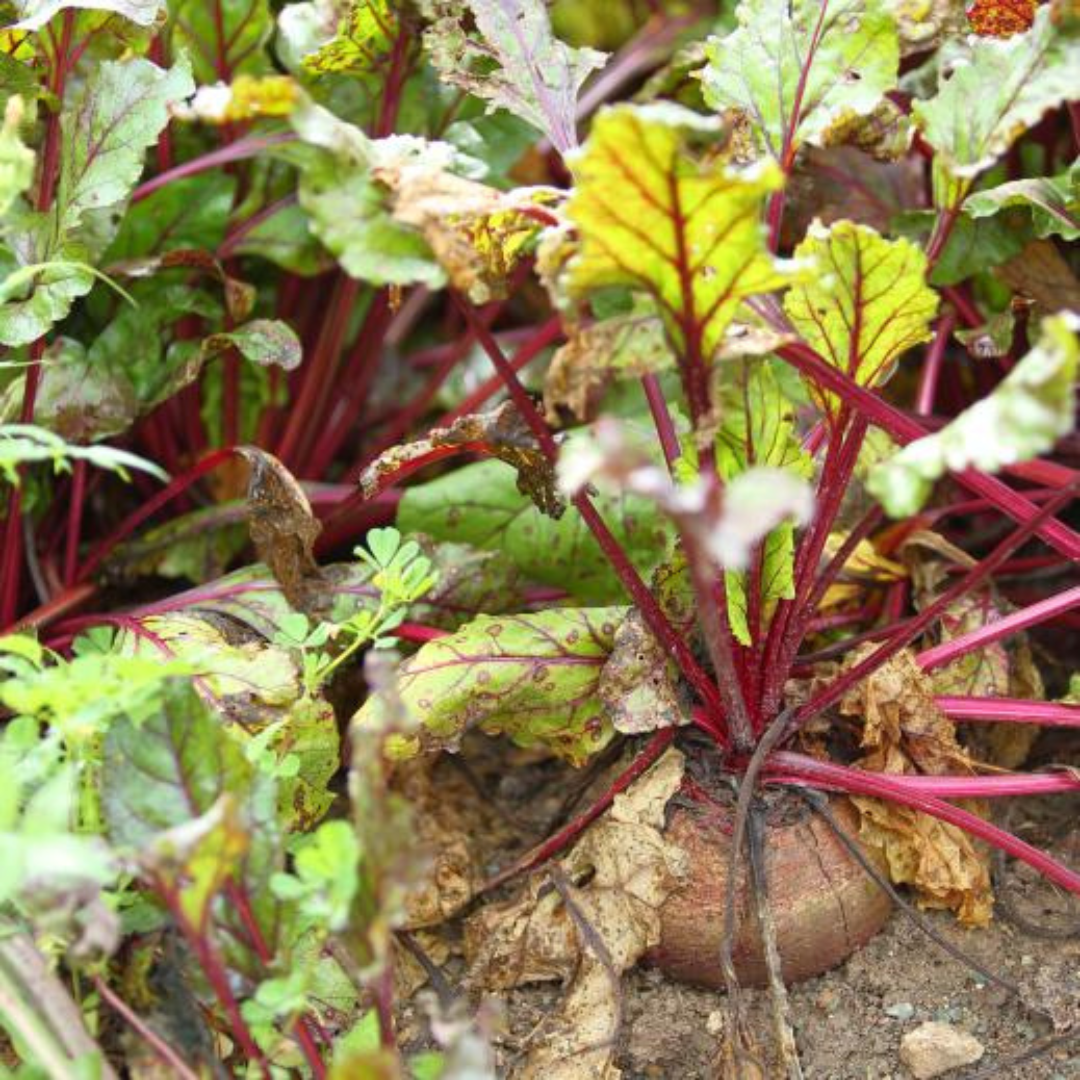
9. Pests & Diseases In Beet Plants
You won't have much of a problem with pests and diseases if you grow beets in containers. Pest problems can be avoided by avoiding excessive irrigation and overhead watering.
Scab and root rot are the most typical issues. Pests like leaf miners and aphids will have an impact on foliage growth.

Top 5 Beetroot Health Benefits
- Betacyanin is a potent plant pigment that gives beetroot its deep, purple-crimson colour. It is thought to help reduce the development of several cancers, particularly bladder cancer.
- Beetroot is naturally high in nitrates, which are heart-healthy chemicals. Nitrates enhance blood flow by relaxing blood vessels, lowering arterial stiffness, and encouraging dilatation, which may lower blood pressure. The prevention of heart disease and stroke is aided by lowering blood pressure. Studies show that nitrate-rich foods like beetroot can help people survive heart attacks.
- It may help you work out better and have more energy.
- Since Paralympic gold medalist David Weir revealed that a shot of beetroot juice was his secret to success, the juice has grown in popularity.
- Studies back this up, with data indicating that adding beetroot juice to an athlete's routine can help endurance and performance. It also enhances recovery because the nitrates in beetroot help supply more oxygen to the muscle cells when resting, allowing muscles to recover more quickly. Incorporating beetroot into our diets may provide the necessary energy boost…
- Beetroots are one of the best providers of glutamine, a necessary amino acid for good health. Beetroots are a good source of glutamine, an essential amino acid for gut health and maintenance. They're also high in fiber, which helps sustain the gut environment and the healthy bacteria that live there, in addition to helping bowel function.
- Red beets have been named one of the top ten antioxidant-rich veggies. The betalain chemicals that give the root a red colour have been demonstrated to have powerful antioxidant and anti-inflammatory properties. This implies they protect cells from harm and may aid in preventing age-related diseases such as heart disease and cancer.
Conclusion
The answer is yes if you're wondering if you can grow beets indoors. Yes, you can grow any plant indoors, but you must wonder if the work is worth it. Beets are a type of root vegetable. They thrive in the open air in a garden area.
The beetroot part is kept below ground and essentially safe. It could be preferable to germinate the beet seeds indoors, perhaps using a modern hydroponic system for indoor plant growth, and then transplant them.
I trust you enjoyed this article on the 8 Easy Steps Of How To Grow Beets In Containers. Please stay tuned for more blog posts to come shortly. Take care!
JeannetteZ
>>>Please click here to read my all-inclusive article, About The Essential Companion Planting Guide<<<
>>>Please click here to read my all-inclusive article about Container Gardening<<<
Are you interested in homegrown herbs and medicine? Please click here to find out more about it!
Your Opinion Is Important To Me
Do you have thoughts, ideas, or questions? I would love to hear from you. Please leave me your questions, experiences, and remarks about this article on the 8 Easy Steps Of How To Grow Beets In Containers in the comments section below. You can also reach me by email at Jeannette@Close-To-Nature.org.
Disclosure
This post may contain affiliate links. I earn from qualifying purchases as an Amazon Associate and other affiliate programs. Please read my full affiliate disclosure.
You might also enjoy these blog posts:
9 Easy Steps To Grow Roses In Containers



